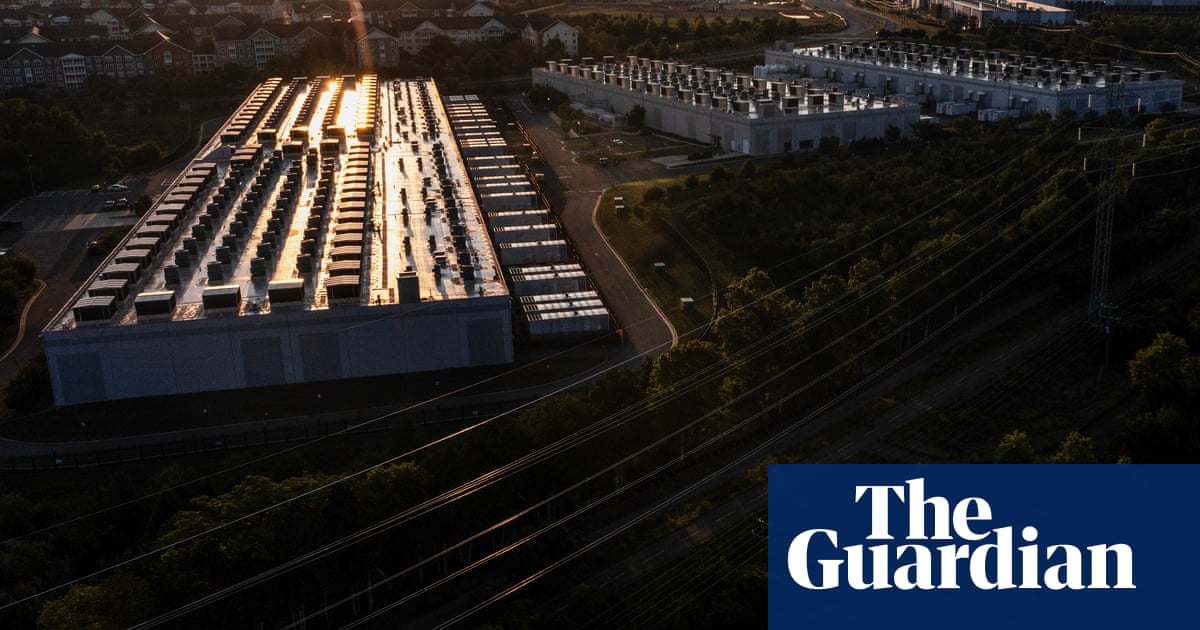Big tech has made some big claims about greenhouse gas emissions in recent years. But as the rise of artificial intelligence creates ever bigger energy demands, it’s getting hard for the industry to hide the true costs of the data centers powering the tech revolution.
According to a Guardian analysis, from 2020 to 2022 the real emissions from the “in-house” or company-owned data centers of Google, Microsoft, Meta and Apple are likely about 662% – or 7.62 times – higher than officially reported.
Amazon is the largest emitter of the big five tech companies by a mile – the emissions of the second-largest emitter, Apple, were less than half of Amazon’s in 2022. However, Amazon has been kept out of the calculation above because its differing business model makes it difficult to isolate data center-specific emissions figures for the company.
As energy demands for these data centers grow, many are worried that carbon emissions will, too. The International Energy Agency stated that data centers already accounted for 1% to 1.5% of global electricity consumption in 2022 – and that was before the AI boom began with ChatGPT’s launch at the end of that year.
AI is far more energy-intensive on data centers than typical cloud-based applications. According to Goldman Sachs, a ChatGPT query needs nearly 10 times as much electricity to process as a Google search, and data center power demand will grow 160% by 2030. Goldman competitor Morgan Stanley’s research has made similar findings, projecting data center emissions globally to accumulate to 2.5bn metric tons of CO2 equivalent by 2030.
…



If I understand this correctly, a tech firm with a data centre in Melbourne could buy RECs from Helsinki, pocket the certificate, and on-sell the energy to someone who needed it in Helsinki without the certificate?
Yea basically. Creative accounting abuses of RECs are rampant. There’s no tangible product or service delivered when you buy a REC so there’s nothing stopping a bad actor from selling the same “REC” to more than one buyer.
But more importantly, RECs don’t work to reduce GHG emissions even if they’re purchased and sold in good faith. RECs don’t change anything, that’s the problem. They don’t reduce electricity usage, or change the grid mix. All RECs do is give a company the ability to claim that it was magically someone else’s electricity that resulted in fossil fuels being burned and not their’s. Companies that buy RECs are paying to shift the blame onto companies that didn’t.
Back when solar and wind was more expensive than fossil fuels it may have made sense to offer companies the option of paying extra to get “green” power that otherwise wouldn’t have made financial sense. But now that wind and solar are cheaper than coal and nat gas, utility providers will buy all available green power regardless of RECs.
The bottleneck to building more renewable power isn’t money. Companies paying for RECs aren’t making that happen any faster, they’re just Greenwashing their ESG reporting.